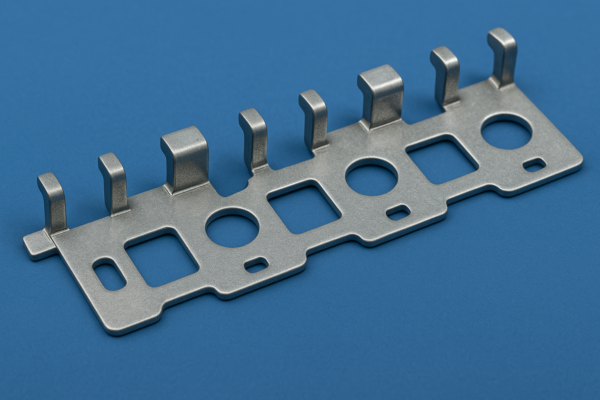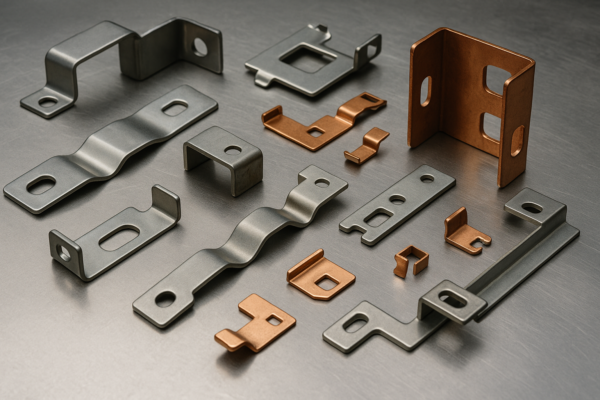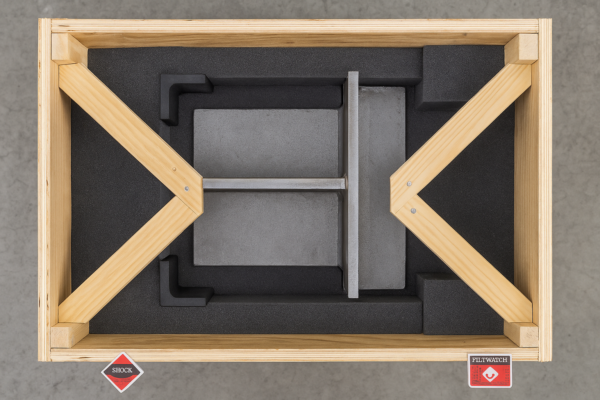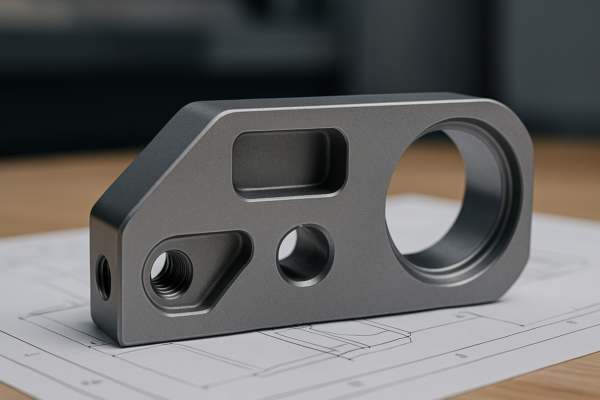Can I Use a Hair Dryer Instead of a Heat Gun?
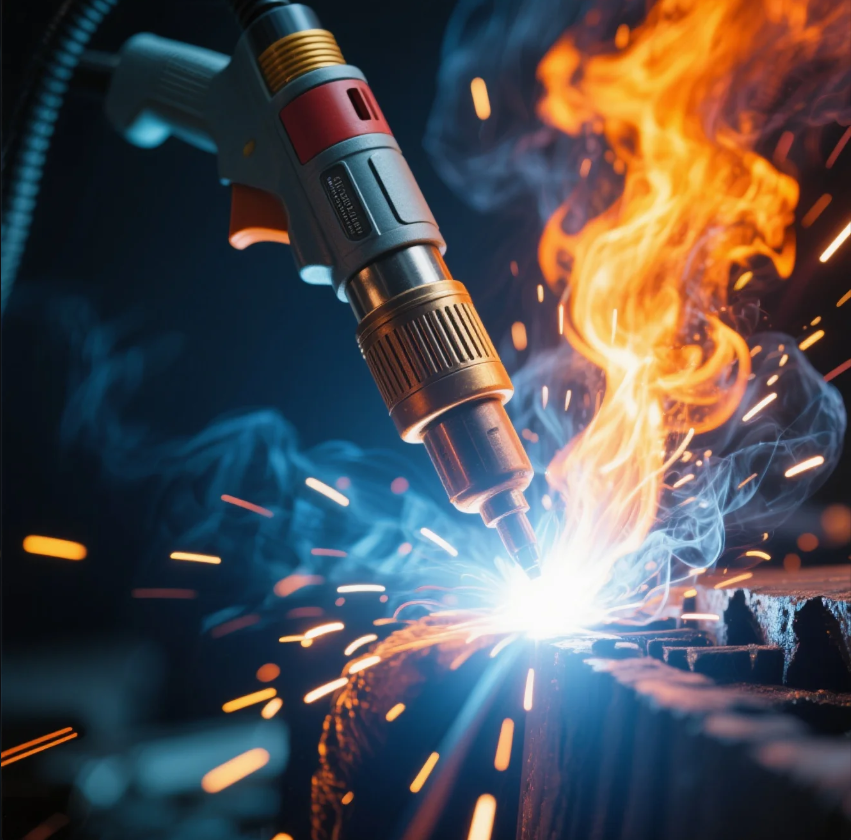
A hair dryer and a heat gun might look similar, but they are designed for different purposes. While both can blow hot air, a heat gun generates much higher temperatures and more focused heat, making it more suitable for tasks like paint removal, shrink tubing, and even some forms of soldering. However, if you don’t have a heat gun, a hair dryer can serve as a substitute for some tasks, though with limitations. Let’s explore when a hair dryer can be used and when a heat gun is the better option.
Snippet paragraph: A hair dryer can be used for some tasks like tinting or softening materials, but it lacks the high temperature and precision that a heat gun provides.
Transition paragraph: Let’s take a look at alternative uses for a hair dryer and understand when it can replace a heat gun and when it cannot.
What Can I Use If I Don’t Have a Heat Gun?
If you don’t have a heat gun, you can try alternatives like a hair dryer, butane torch, or even a soldering iron depending on the task. For tasks that require high heat over a small area, such as shrink tubing or paint stripping, a heat gun is the best tool. However, a hair dryer can serve as a substitute for less intense tasks like drying paint or softening adhesives. It’s important to note that the heat from a hair dryer is typically lower than that of a heat gun, so it may not work for tasks that require intense or focused heat.
Snippet paragraph: If you don’t have a heat gun, a hair dryer can be a good substitute for low-heat tasks like drying paint or softening adhesives.
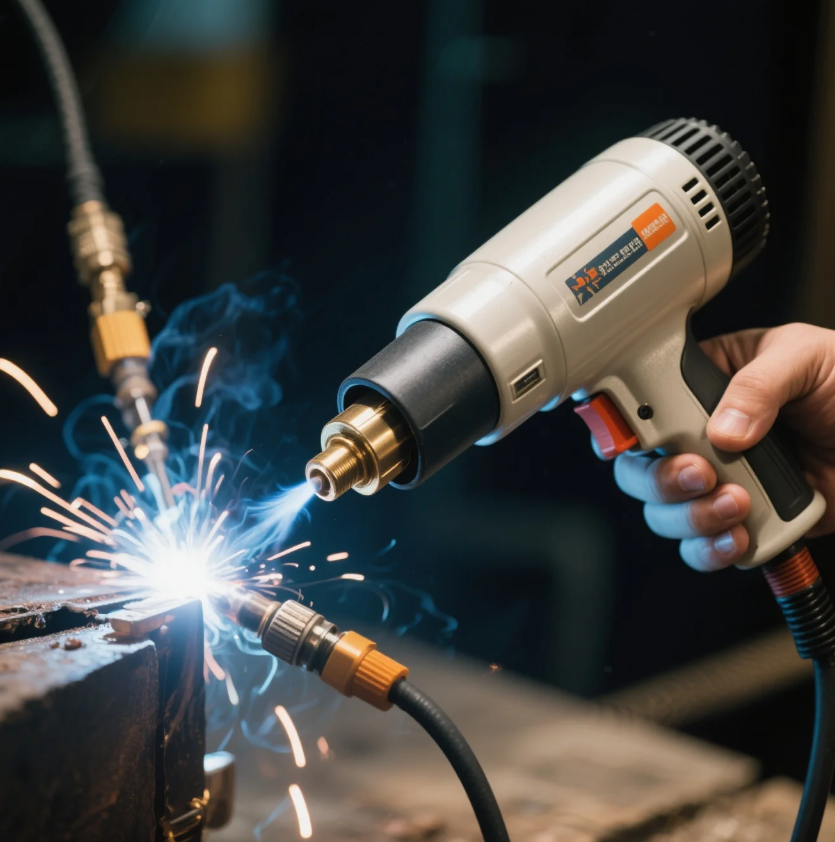
Dive-Deeper paragraph:
A hair dryer works by blowing warm air, and its temperature typically ranges from 60°C to 80°C (140°F to 176°F), which is much lower than the 250°C to 600°C (482°F to 1112°F) that a heat gun can reach. For tasks like shrink tubing, which requires focused, high heat, a heat gun is necessary. However, a hair dryer can be used for tasks like softening vinyl or removing stickers, where a lower temperature is sufficient. If you’re in a pinch, a butane torch or a soldering iron can also serve as alternatives for more precise, high-heat applications.
Alternatives to Heat Guns
| Tool | Temperature Range | Best Uses |
|---|---|---|
| Hair Dryer | 60°C – 80°C (140°F – 176°F) | Drying paint, softening adhesives, crafting |
| Butane Torch | 500°C – 1300°C (932°F – 2372°F) | Soldering, quick heating, small precision work |
| Soldering Iron | 300°C – 400°C (572°F – 752°F) | Soldering, precise heat application |
Can I Use a Hair Dryer Instead of a Heat Gun for Tint?
Yes, you can use a hair dryer instead of a heat gun for window tinting or similar tasks. However, keep in mind that a hair dryer may not reach the high temperatures needed to fully soften the tint film and make it more pliable. A heat gun is designed to provide concentrated heat and can reach higher temperatures, making it ideal for shrinking or shaping film. While a hair dryer can work for basic tinting, it might require more time and effort.
Snippet paragraph: A hair dryer can be used for window tinting, but a heat gun is better for providing higher, more concentrated heat for optimal results.
Dive-Deeper paragraph:
When it comes to window tinting, a hair dryer can be a good tool to soften the film and help it mold to the window’s shape. However, because a hair dryer doesn’t provide the same amount of concentrated heat, it can take longer to achieve the desired result. A heat gun provides more control and higher temperatures, which can make the tinting process faster and more efficient. If you’re using a hair dryer, be sure to hold it close to the tint film and move it around frequently to avoid overheating any one area.
Hair Dryer vs. Heat Gun for Tinting
| Tool | Temperature Range | Best Use |
|---|---|---|
| Hair Dryer | 60°C – 80°C (140°F – 176°F) | Softening tint film, gradual heating |
| Heat Gun | 250°C – 600°C (482°F – 1112°F) | Fast and efficient tinting, film shrinking |
Is It Safe to Use a Hair Dryer as a Heater?
Yes, it is safe to use a hair dryer as a heater, as long as you follow basic safety guidelines. Hair dryers are specifically designed to blow hot air, and they are safe to use for their intended purpose. However, they should never be used to heat large areas or for extended periods, as this can cause overheating and potentially damage the hair dryer. Always ensure that the dryer is placed in a well-ventilated area and never leave it unattended.
Snippet paragraph: It’s safe to use a hair dryer as a heater for small, targeted areas, but never use it for heating large spaces or for long periods.
Dive-Deeper paragraph:
Using a hair dryer as a heater in small, controlled spaces is fine, but it should not be considered a substitute for space heaters or other heating devices. Hair dryers are designed to operate for short bursts and are not built for long-term use. Prolonged use can overheat the motor, possibly causing it to fail. Always follow the manufacturer’s guidelines regarding usage time, and never use a hair dryer near flammable materials or water sources to avoid any risks of electric shock or fire.
Hair Dryer Usage Guidelines
| Purpose | Safe Usage Time | Best Use |
|---|---|---|
| Hair Dryer | 10-15 minutes | Drying hair, small heating tasks |
| Space Heater | Several hours | Room heating, long-term use |
Will a Hair Dryer Melt Hot Glue?
Yes, a hair dryer can melt hot glue, but it may take some time, especially if the glue is already hardened. A heat gun would be faster for this task due to its higher temperature and focused heat. A hair dryer can soften the glue enough to make it removable or workable, but it won’t melt it as quickly as a heat gun would. Using a hair dryer is a safe and gentle method for small projects or for softening glue without damaging the surrounding material.
Snippet paragraph: A hair dryer can melt hot glue, but it will take longer compared to using a heat gun, which provides higher, more concentrated heat.
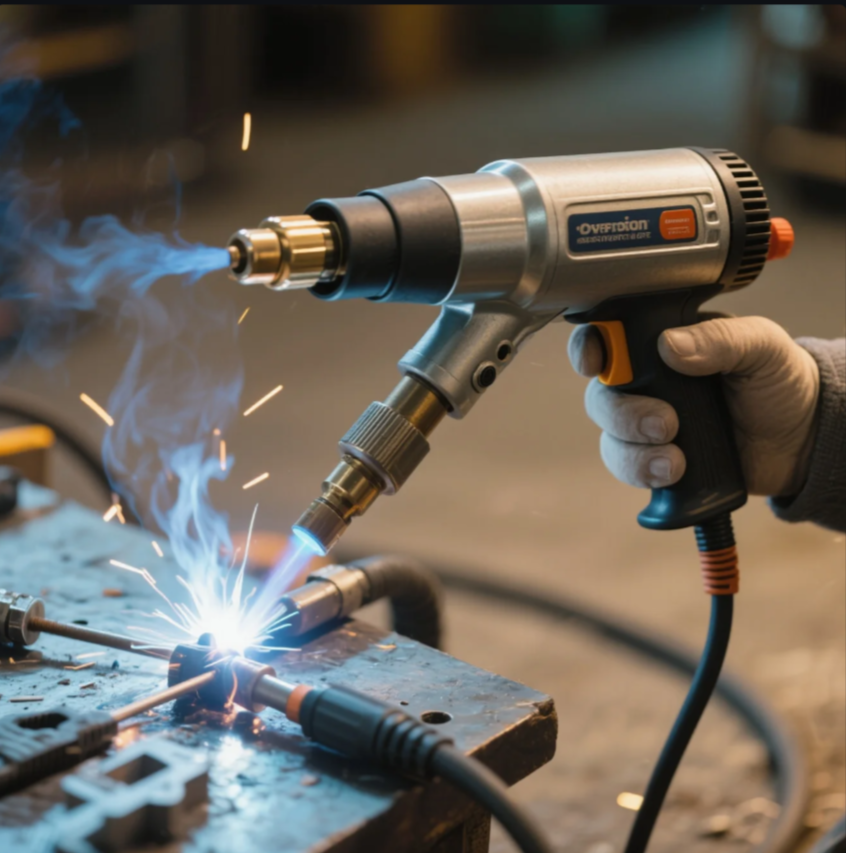
Dive-Deeper paragraph:
When using a hair dryer to melt hot glue, the process can take longer than with a heat gun because of the lower temperatures produced by the hair dryer. The warm air from the dryer will gradually soften the glue, making it easier to remove or reshape. For tasks that require more precision or faster results, a heat gun is the better option. However, if you’re working with small amounts of glue or in a controlled environment, a hair dryer will still get the job done.
Melting Hot Glue with Hair Dryer vs. Heat Gun
| Tool | Temperature Range | Speed of Melting Glue |
|---|---|---|
| Hair Dryer | 60°C – 80°C (140°F – 176°F) | Slow, softens glue gradually |
| Heat Gun | 250°C – 600°C (482°F – 1112°F) | Fast, melts glue quickly |
Conclusion
While a hair dryer can serve as a substitute for a heat gun in some cases, it is important to remember that it has limitations, especially when high temperatures or focused heat are required. For tasks like shrink tubing, paint stripping, or soldering, a heat gun is a better choice. However, for smaller jobs such as window tinting, softening adhesives, or melting hot glue, a hair dryer can work in a pinch. Always use the appropriate tool for the job to ensure the best results.

